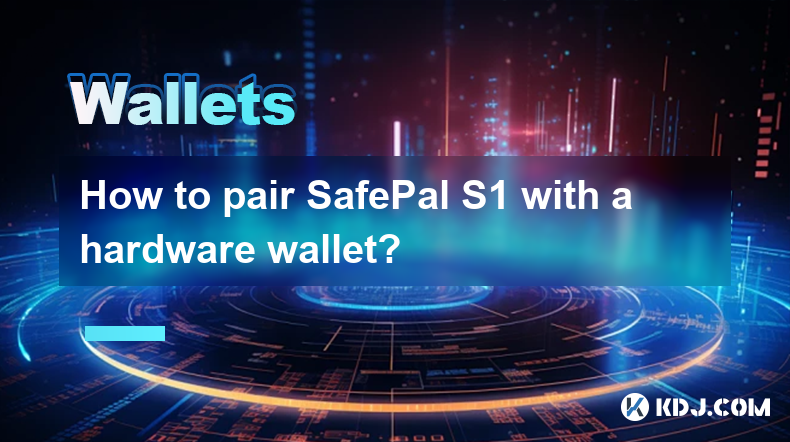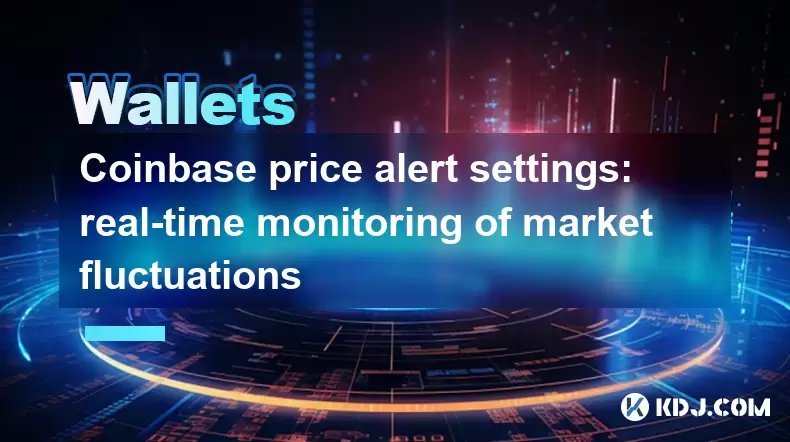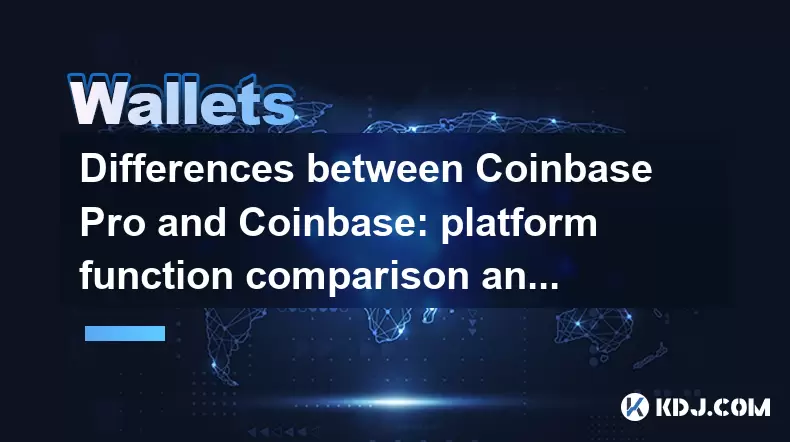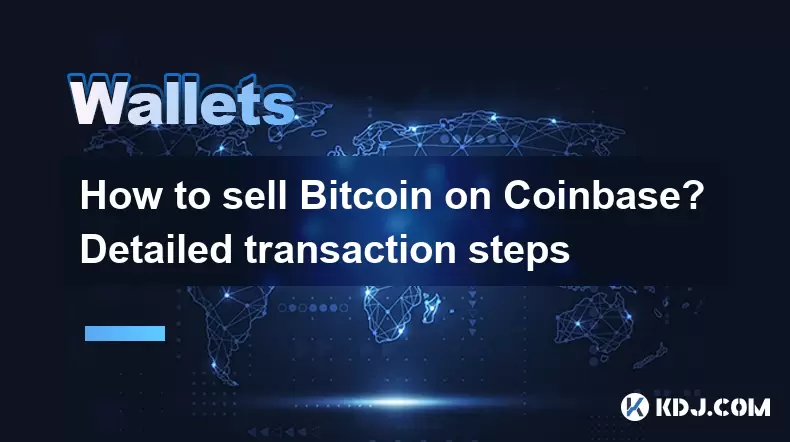-
 Bitcoin
Bitcoin $107,341.7259
0.15% -
 Ethereum
Ethereum $2,438.6204
0.70% -
 Tether USDt
Tether USDt $1.0003
-0.02% -
 XRP
XRP $2.1866
1.94% -
 BNB
BNB $649.0952
0.36% -
 Solana
Solana $150.9602
5.63% -
 USDC
USDC $0.9999
0.00% -
 TRON
TRON $0.2742
0.40% -
 Dogecoin
Dogecoin $0.1645
1.93% -
 Cardano
Cardano $0.5669
1.18% -
 Hyperliquid
Hyperliquid $37.8286
4.19% -
 Bitcoin Cash
Bitcoin Cash $491.4669
-2.74% -
 Sui
Sui $2.8150
3.06% -
 Chainlink
Chainlink $13.4184
2.91% -
 UNUS SED LEO
UNUS SED LEO $9.0809
0.27% -
 Avalanche
Avalanche $18.0295
2.60% -
 Stellar
Stellar $0.2396
1.19% -
 Toncoin
Toncoin $2.8587
0.13% -
 Shiba Inu
Shiba Inu $0.0...01160
2.59% -
 Litecoin
Litecoin $86.4192
1.45% -
 Hedera
Hedera $0.1486
1.19% -
 Monero
Monero $308.4324
0.87% -
 Polkadot
Polkadot $3.4202
1.43% -
 Bitget Token
Bitget Token $4.6436
-0.34% -
 Dai
Dai $0.9998
-0.02% -
 Ethena USDe
Ethena USDe $1.0002
0.00% -
 Uniswap
Uniswap $7.1527
3.29% -
 Pi
Pi $0.5357
-8.45% -
 Pepe
Pepe $0.0...09588
4.61% -
 Aave
Aave $259.9759
0.81%
How to pair SafePal S1 with a hardware wallet?
Direct pairing of SafePal S1 with another hardware wallet is not possible or recommended; use independent wallets or a software intermediary for asset management.
Apr 02, 2025 at 02:49 am

This article addresses the question of pairing a SafePal S1 hardware wallet with another hardware wallet. It's important to understand that directly pairing two hardware wallets is generally not possible and not recommended. Hardware wallets are designed to be independent and secure units, each managing its own private keys. Attempting to directly link them compromises their security. This article will explore alternative methods to achieve similar functionality.
Understanding the Limitations
The SafePal S1, like other hardware wallets, prioritizes security by isolating its private keys. This prevents unauthorized access, even if the device itself is compromised. Direct pairing with another hardware wallet would necessitate sharing these private keys, completely negating the security benefits. Therefore, focusing on alternative approaches is crucial.
Alternative Methods for Managing Multiple Wallets
Instead of directly pairing, consider these methods for managing assets across multiple hardware wallets:
Using Multiple Wallets Independently: This is the safest and most recommended approach. Keep your assets separated across different wallets, each with its own seed phrase. This limits the impact of a potential compromise on a single device. Each wallet operates independently and securely.
Utilizing a Software Wallet as an intermediary: A software wallet can act as a bridge to manage multiple hardware wallets. You can transfer crypto assets between your hardware wallets via the software wallet, but always exercise caution and verify all transactions meticulously. Remember, the security of this method depends heavily on the security of the software wallet.
Employing a Multi-Signature Wallet: For advanced users, a multi-signature wallet setup can offer increased security. This involves multiple private keys required to authorize a transaction. You could use your SafePal S1 as one of the signing devices, adding another layer of security. However, setting this up correctly requires technical expertise.
Step-by-Step Guide: Transferring Assets Between Wallets (Using a Software Wallet)
Let's outline the process using a software wallet as an intermediary. Remember to choose a reputable and secure software wallet. This example uses a hypothetical software wallet named "CryptoManager."
Step 1: Secure Your Software Wallet: Download and install CryptoManager, ensuring you understand its security features and best practices. Remember to protect your software wallet with a strong password.
Step 2: Transfer from SafePal S1 to CryptoManager: Connect your SafePal S1 to your computer. Open CryptoManager and initiate a transfer of your chosen cryptocurrency from your SafePal S1 to your CryptoManager wallet address. Double-check the recipient address before confirming.
Step 3: Transfer from CryptoManager to the Second Hardware Wallet: Once the transfer to CryptoManager is complete, initiate a transfer from CryptoManager to the address of your second hardware wallet. Again, verify the recipient address meticulously.
Step 4: Verification: After the transfer is complete, verify the balance on both your SafePal S1 and your second hardware wallet. Ensure the transferred assets are reflected correctly.
Addressing Security Concerns
The security of your cryptocurrency depends entirely on the security of your individual wallets and the process used to transfer funds. Never share your seed phrases with anyone, and always use strong, unique passwords. Be cautious of phishing scams and malicious software. Regularly update your hardware and software wallets with the latest security patches.
Common Questions
Q: Can I directly connect my SafePal S1 to another hardware wallet?
A: No, direct pairing between hardware wallets is not possible and is highly discouraged. Each wallet operates independently to maintain its security.
Q: What is the safest method for managing assets across multiple hardware wallets?
A: The safest method is to use each hardware wallet independently, with each managing its own set of assets and seed phrases.
Q: Are there any risks involved in using a software wallet as an intermediary?
A: Yes, using a software wallet introduces additional risk, as it's less secure than a hardware wallet. Choose a reputable software wallet and ensure you understand its security implications. Always double-check all transactions.
Q: What is a multi-signature wallet, and how does it relate to this scenario?
A: A multi-signature wallet requires multiple private keys to authorize transactions, adding an extra layer of security. You could use your SafePal S1 as one of the signing devices in a multi-signature setup.
Q: What steps can I take to ensure the security of my assets during these transfers?
A: Always verify recipient addresses before confirming any transactions. Use strong passwords, enable two-factor authentication where available, and regularly update your wallets’ firmware. Be wary of phishing attempts and malicious software.
Disclaimer:info@kdj.com
The information provided is not trading advice. kdj.com does not assume any responsibility for any investments made based on the information provided in this article. Cryptocurrencies are highly volatile and it is highly recommended that you invest with caution after thorough research!
If you believe that the content used on this website infringes your copyright, please contact us immediately (info@kdj.com) and we will delete it promptly.
- Trump, Bitcoin, and Peter Schiff: A New York Minute on Crypto Chaos
- 2025-06-29 12:30:12
- BTC Price, BlackRock ETF, Fed Signals: Decoding the Crypto Crossroads
- 2025-06-29 12:30:12
- SEI Price Skyrockets Amid ETF Hype and Bullish Uptrend: What's Next?
- 2025-06-29 12:50:11
- Bitcoin Mining, Cryptocurrency, and Blockchain: A New York State of Mind
- 2025-06-29 13:10:11
- Dogecoin's Double Bottom: Is an Explosive Move Imminent?
- 2025-06-29 12:55:11
- Kitten Craze Online: Hunting for the Purr-fect Coin Purse
- 2025-06-29 10:30:12
Related knowledge

Coinbase price alert settings: real-time monitoring of market fluctuations
Jun 29,2025 at 07:00am
Setting Up Coinbase Price AlertsTo begin real-time monitoring of market fluctuations on Coinbase, users can utilize the built-in price alert feature. This function allows you to receive notifications when a cryptocurrency reaches a specific price point. To access this setting, open the Coinbase app or log in via the web platform. Navigate to the 'Prices...

How to stake cryptocurrencies on Coinbase? Benefits and risks
Jun 27,2025 at 06:36pm
Understanding Cryptocurrency Staking on CoinbaseStaking cryptocurrencies involves locking up digital assets to support the operations of a blockchain network, typically in return for rewards. Coinbase, one of the most popular cryptocurrency exchanges globally, offers staking services for several proof-of-stake (PoS) coins. Users can stake their holdings...

Differences between Coinbase Pro and Coinbase: platform function comparison and analysis
Jun 29,2025 at 08:21am
Overview of Coinbase and Coinbase ProWhen exploring the cryptocurrency trading landscape, users often encounter two platforms under the same parent company: Coinbase and Coinbase Pro. While both are operated by the same organization, they cater to different types of users and offer varying features. Coinbase is primarily designed for beginners and casua...

How to contact Coinbase customer service? Support channels and response times
Jun 28,2025 at 01:29pm
Contacting Coinbase Customer Service: Support Channels and Response TimesIf you're a user of Coinbase, reaching their customer service team may become necessary for various reasons, such as account verification issues, transaction disputes, or technical difficulties. Understanding the different support channels available and what to expect in terms of r...

Coinbase advanced trading function usage tutorial: limit orders and market orders
Jun 28,2025 at 09:07pm
Understanding the Difference Between Limit Orders and Market OrdersWhen using Coinbase's advanced trading features, it is crucial to understand the fundamental difference between limit orders and market orders. A market order executes immediately at the best available price on the market. This type of order ensures that your trade goes through quickly, ...

How to sell Bitcoin on Coinbase? Detailed transaction steps
Jun 29,2025 at 04:22am
Setting Up Your Coinbase Account for TransactionsBefore you can sell Bitcoin on Coinbase, you must ensure your account is fully set up and verified. Coinbase requires identity verification to comply with regulatory standards. This process involves uploading a government-issued ID, confirming your address, and sometimes submitting a selfie holding the ID...

Coinbase price alert settings: real-time monitoring of market fluctuations
Jun 29,2025 at 07:00am
Setting Up Coinbase Price AlertsTo begin real-time monitoring of market fluctuations on Coinbase, users can utilize the built-in price alert feature. This function allows you to receive notifications when a cryptocurrency reaches a specific price point. To access this setting, open the Coinbase app or log in via the web platform. Navigate to the 'Prices...

How to stake cryptocurrencies on Coinbase? Benefits and risks
Jun 27,2025 at 06:36pm
Understanding Cryptocurrency Staking on CoinbaseStaking cryptocurrencies involves locking up digital assets to support the operations of a blockchain network, typically in return for rewards. Coinbase, one of the most popular cryptocurrency exchanges globally, offers staking services for several proof-of-stake (PoS) coins. Users can stake their holdings...

Differences between Coinbase Pro and Coinbase: platform function comparison and analysis
Jun 29,2025 at 08:21am
Overview of Coinbase and Coinbase ProWhen exploring the cryptocurrency trading landscape, users often encounter two platforms under the same parent company: Coinbase and Coinbase Pro. While both are operated by the same organization, they cater to different types of users and offer varying features. Coinbase is primarily designed for beginners and casua...

How to contact Coinbase customer service? Support channels and response times
Jun 28,2025 at 01:29pm
Contacting Coinbase Customer Service: Support Channels and Response TimesIf you're a user of Coinbase, reaching their customer service team may become necessary for various reasons, such as account verification issues, transaction disputes, or technical difficulties. Understanding the different support channels available and what to expect in terms of r...

Coinbase advanced trading function usage tutorial: limit orders and market orders
Jun 28,2025 at 09:07pm
Understanding the Difference Between Limit Orders and Market OrdersWhen using Coinbase's advanced trading features, it is crucial to understand the fundamental difference between limit orders and market orders. A market order executes immediately at the best available price on the market. This type of order ensures that your trade goes through quickly, ...

How to sell Bitcoin on Coinbase? Detailed transaction steps
Jun 29,2025 at 04:22am
Setting Up Your Coinbase Account for TransactionsBefore you can sell Bitcoin on Coinbase, you must ensure your account is fully set up and verified. Coinbase requires identity verification to comply with regulatory standards. This process involves uploading a government-issued ID, confirming your address, and sometimes submitting a selfie holding the ID...
See all articles

























































































